Do you have a question about the Otto Bock C-Leg and is the answer not in the manual?
Guide for daily C-Leg charging procedure. Ensure yellow light off for completion.
Manually adjust toe load threshold to help user understand stance disengagement criteria.
Test knee's slow yield in parallel bars to build user confidence in stumble recovery.
Explains C-Leg's Stance Flexion, shock absorption, and building user trust over time.
Addresses user gait habits during swing phase and how C-Leg improves this.
User habit of forceful hip flexion during pre-swing, and how to retrain.
Addresses forceful hip flexion in pre-swing and training to reduce energy consumption.
Training users to avoid forceful hip flexion for full terminal swing extension.
Key training for stance control, covering stair descent and declines.
Exercise for normal function and confidence in C-Leg's stance resistance.
Training users to descend ramps/hills by 'riding' the flexed knee.
Proper technique for walking backwards to avoid releasing stance flexion damping.
Introduction to the C-Leg remote for unlocking advanced functions.
Instructions for switching between the C-Leg's 1st and 2nd modes via remote.
How to use the remote to enable/disable Standing Mode for knee flexion locking.
Using the remote to adjust swing phase dynamics: Standard, Comfort, Dynamic.
System switches to high safety/reduced comfort mode upon critical error.
C-Leg enters Battery Empty Mode when battery is nearly depleted.
C-Leg uses vibrations to alert user about battery status and temperature.
Sequence of vibrations indicating battery charge level and impending depletion.
Pulse vibration alerts when hydraulic cylinder reaches 80 degrees Celsius.
Alerts for malfunctions, programming, and mode changes in the C-Leg.
Beeps and vibrations signal malfunctions; require immediate stop and check.
Store C-Leg with hydraulic unit vertical when charging or not in use.
Use silicone cap to prevent water damage; exposure voids warranty.
Avoid strong magnetic/electrical sources that can cause false readings or damage.
The Ottobock C-Leg is a microprocessor-controlled prosthetic knee designed to provide enhanced stability, natural gait, and user confidence for transfemoral amputees. It integrates advanced sensor technology and real-time control to adapt to various walking conditions and user movements.
The C-Leg's primary function is to mimic the natural movement of a human knee during walking. It achieves this through a sophisticated system that continuously monitors the knee angle, forces, and moments, adjusting hydraulic damping in real-time. This allows for controlled stance flexion, smooth swing phase, and robust stumble recovery.
The C-Leg offers several user-controlled features via a remote control:
| Brand | Otto Bock |
|---|---|
| Model | C-Leg |
| Category | Medical Equipment |
| Language | English |
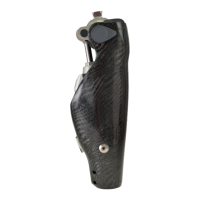

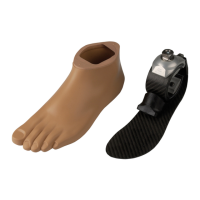

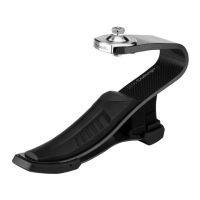
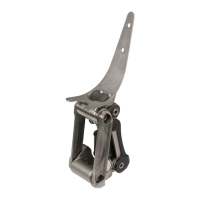
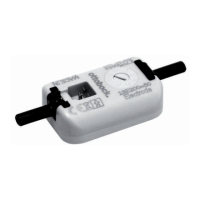

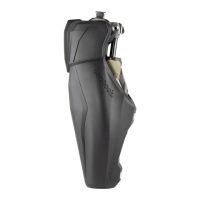
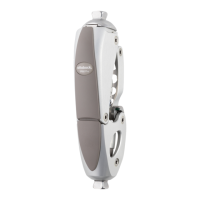
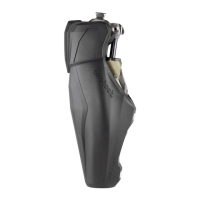

